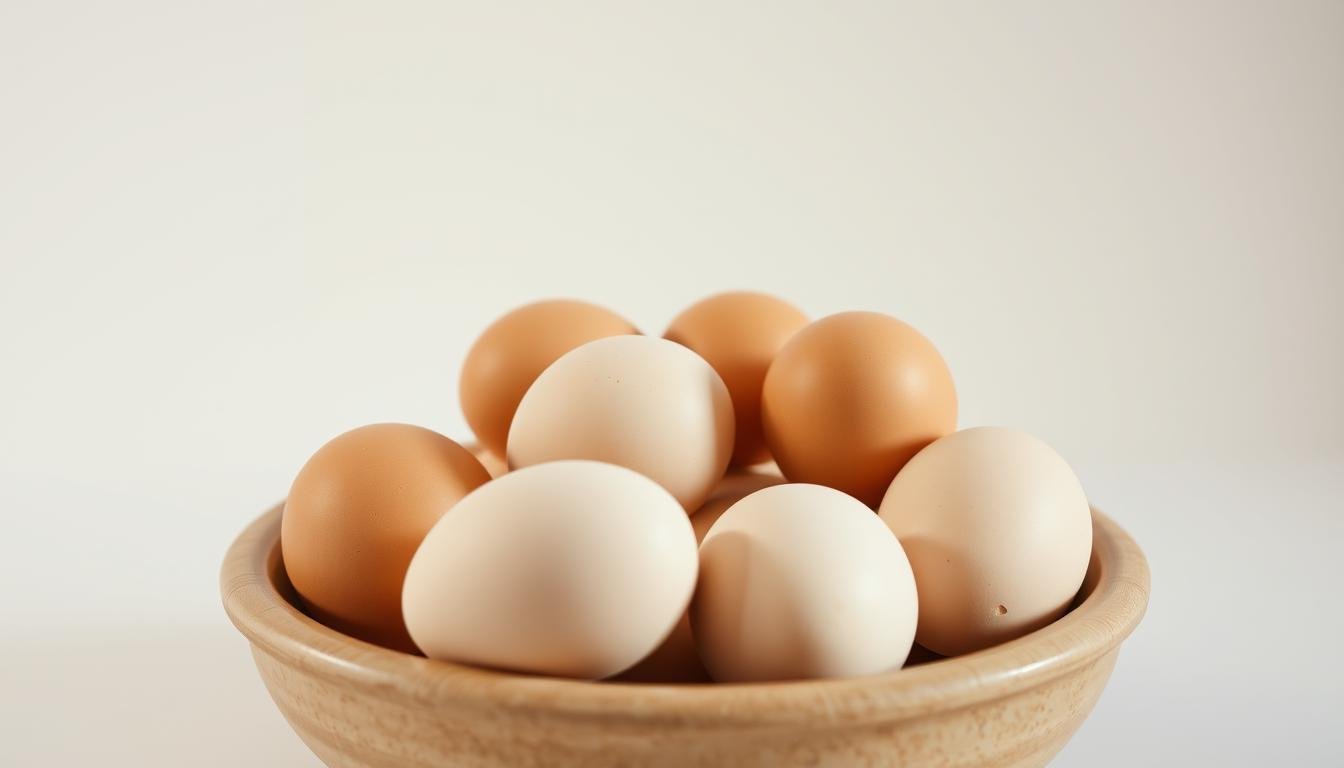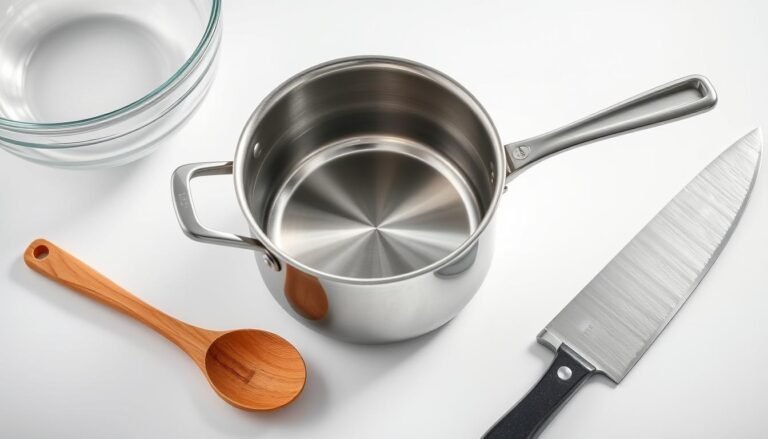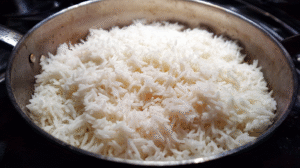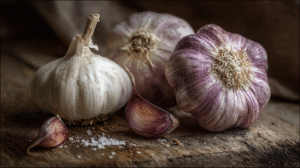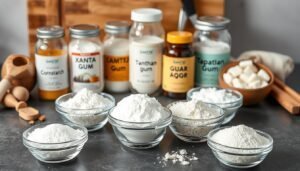Disclosure: This Post Contains Affiliate Links; We earn a commission on purchases.
Using room temperature ingredients is key in many baking recipes. Eggs and butter at room temperature mix better. This makes the final product better in texture and structure.
Cold ingredients can make the mix curdle or separate. This leads to a bad texture. But, using room temperature eggs and butter makes baked goods light, fluffy, and even.
Key Takeaways
- Room temperature ingredients mix more smoothly and evenly.
- Using room temperature eggs and butter results in better texture and structure.
- Cold ingredients can cause the mixture to curdle or separate.
- Room temperature ingredients are key for light and fluffy baked goods.
- Bakers should always use room temperature eggs and butter for best results.
The Science of Temperature in Baking
Knowing how temperature affects baking is key to a perfect bake. Temperature changes how ingredients mix, which impacts the final product’s texture, structure, and taste.
How Temperature Affects Ingredient Interaction
Ingredient temperature greatly changes how they mix. For example, room-temperature eggs blend better with other ingredients, making the batter smooth. Softened butter also mixes well with sugar, adding air and making the mixture bigger.
The Chemistry Behind Successful Baking
Baking chemistry is complex, with temperature playing a big role. It speeds up reactions like yeast activation and starch gelatinization. When ingredients are at the right temperature, these reactions work best, making the final product better.
Common Baking Failures Caused by Cold Ingredients
Cold ingredients can cause baking failures. For instance, cold eggs make the batter not mix well. Cold butter also stops air from being added, making the product dense.
By understanding baking temperature science, bakers can ensure their ingredients are at the best temperature. This leads to more consistent and successful baking results.
Why Do Recipes Call for Room-Temperature Eggs or Butter?
Recipes often ask for room-temperature eggs or butter. This is because the temperature of ingredients matters a lot in baking. When eggs and butter are at room temperature, they mix better. This makes the baked goods have a better texture.
The Role of Temperature in Recipe Development
Temperature is key in baking. It affects the chemical reactions that happen during baking. For example, eggs at room temperature help mix oil and water better. This makes the final product more stable and has a better texture.
Also, room-temperature butter mixes well with sugar. This adds air, making cakes and pastries light and fluffy. This process, called creaming, is important for the right texture.
When Cold Ingredients Are Actually Preferred
But sometimes, cold ingredients are better. For example, cold butter is needed for flaky pastry dough. The cold butter doesn’t mix fully with flour, creating layers. This is what makes pastry flaky.
Cold eggs are also good for whipping cream or making meringues. The cold helps strengthen the protein, making a stable foam.
How Professional Bakers Manage Ingredient Temperature
Professional bakers know how important ingredient temperature is. They plan ahead, taking eggs and butter out early. Some kitchens even keep ingredients at the perfect temperature.
Best practices include:
- Removing eggs and butter from the refrigerator at least 30 minutes before use.
- Using a thermometer to ensure ingredients have reached room temperature.
- Storing ingredients in a consistent, moderate-temperature environment.
By following these tips, bakers can make sure their ingredients are ready. This leads to better and more consistent baked goods.
Benefits of Using Room-Temperature Eggs
Using eggs at room temperature can change your baking. It makes your baked goods better and more consistent. For more tips, check out our articles on room temperature baking tips.
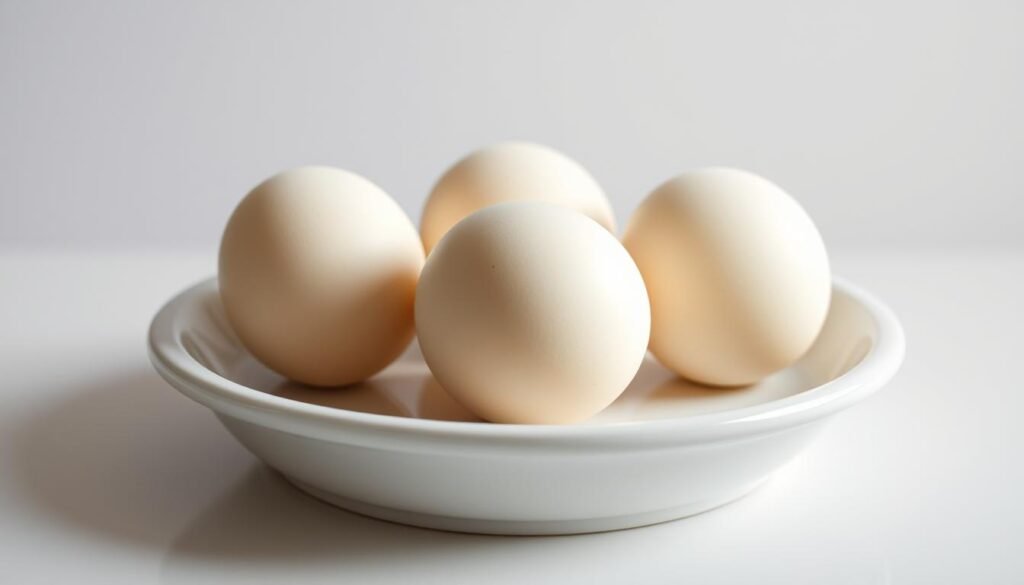
Improved Emulsification and Volume
Room-temperature eggs mix better with oil and water. This makes your batter smooth. Your baked goods will also have more air, making them lighter.
Better Incorporation with Other Ingredients
Eggs at room temperature mix well with other ingredients. This is key in recipes like custards and cakes. It makes your final product even in texture and taste.
Impact on Texture and Rise in Baked Goods
Egg temperature affects your baked goods’ texture and rise. Room-temperature eggs make them tender and light. They also help them rise better.
Case Study: Cakes vs. Cookies
Cakes and cookies show the difference of room-temperature eggs. Cakes get lighter and fluffier. Cookies get better texture from even mixing.
Advantages of Room-Temperature Butter
The temperature of butter affects your baked goods. Many bakers use room-temperature butter. They know why it’s good.
Butter at room temperature creams better with sugars. This adds air and makes the mix bigger. It’s key for light, fluffy baked goods.
Proper Creaming and Air Incorporation
Room-temperature butter is key for proper creaming and air incorporation. Soft butter can be beaten until it’s light. This traps air that makes baked goods tender.
- Increased volume due to air incorporation
- Improved texture from even air distribution
- Better emulsification with other ingredients
Even Distribution in Batters and Doughs
Soft, room-temperature butter mixes well with other ingredients. This makes the batter or dough even. Even distribution is key for good flavor and texture.

Effect on Final Texture and Structure
The butter’s temperature affects the texture and structure of baked goods. Room-temperature butter makes them tender. Cold butter can make them dense or tough.
Butter Temperature for Different Baking Methods
Different baking methods need butter at specific temperatures. For example, pastry dough needs cold butter for flakiness. But cakes and cookies do better with room-temperature butter for a tender crumb.
Conclusion
Using room-temperature eggs and butter is key in baking. It makes a big difference in your final product’s quality. This is because they mix better, creating a better texture and structure.
By using room-temperature ingredients, bakers get consistent results. This simple step can greatly improve your baked goods. It’s important for both cakes and pastries.
Adding these tips to your baking routine can improve your skills. Knowing how temperature affects baking is vital. It helps you achieve the perfect texture, structure, and flavor. So, using room-temperature ingredients is a big step towards mastering baking.
FAQ
Why is it essential to use room-temperature eggs in baking?
Room-temperature eggs mix better with other ingredients. They help baked goods rise and have a better texture.
What happens if I use cold eggs in my recipe?
Cold eggs can make baked goods dense and have poor texture. They also mix ingredients unevenly, leading to a bad final product.
How do I bring eggs to room temperature quickly?
To warm eggs fast, soak them in warm water for a few minutes. Or, let them sit at room temperature for about 30 minutes.
Why do recipes call for room-temperature butter?
Room-temperature butter is key for mixing and air in baked goods. It helps ingredients mix evenly and improves the final texture.
Can I use cold butter in a recipe?
Cold butter works in some recipes, like melted ones. But, it’s not best for creaming or beating, as it can ruin the texture.
How do I soften butter to room temperature?
Soften butter by leaving it at room temperature for 30 minutes to an hour. Or, microwave it for a few seconds until soft but not melted.
Are there any exceptions to using room-temperature ingredients?
Yes, some recipes need cold ingredients. This is true for flaky pastry or certain cookies to get the right texture.
How do professional bakers manage ingredient temperature?
Professional bakers plan ahead to let ingredients warm up. They might use tempering or a thermometer to check the temperature.

With over a decade of experience turning everyday ingredients into reliable, crowd-pleasing meals, Ryan knows firsthand the frustration of wasting time and effort in the kitchen. He specializes in clear, no-fuss guidance—breaking down techniques, time-saving tips, and smart shortcuts so that even complete beginners feel empowered and confident.
Subscribe to Our Newsletter

